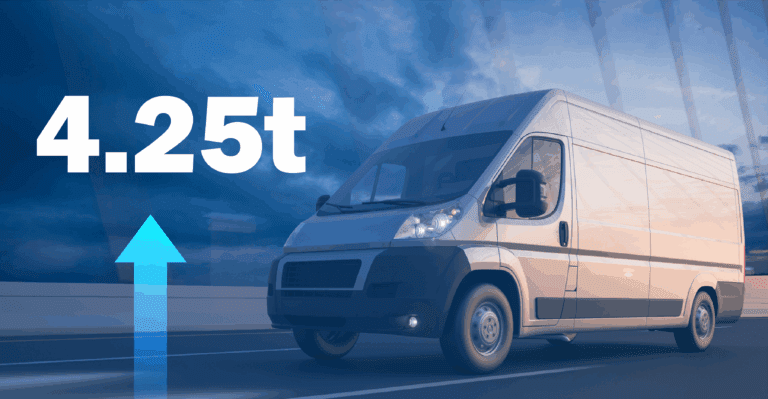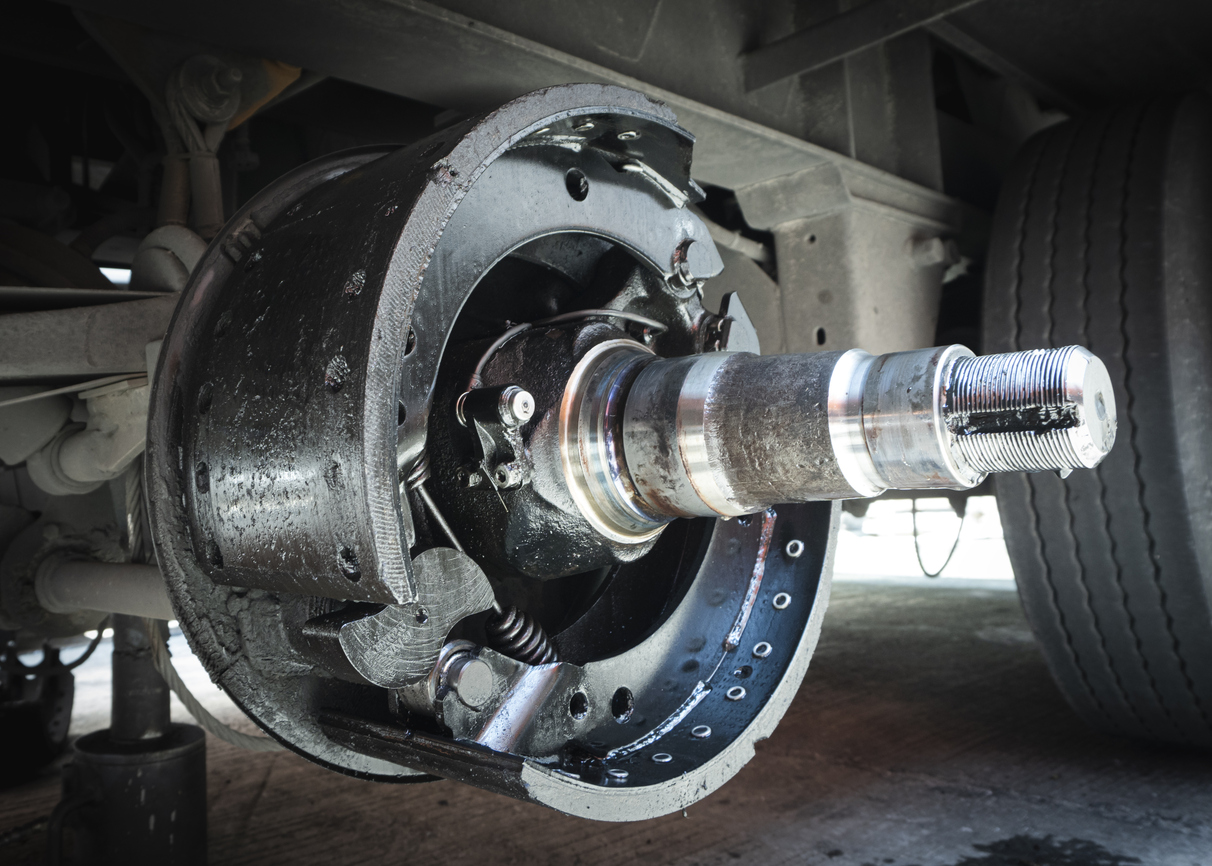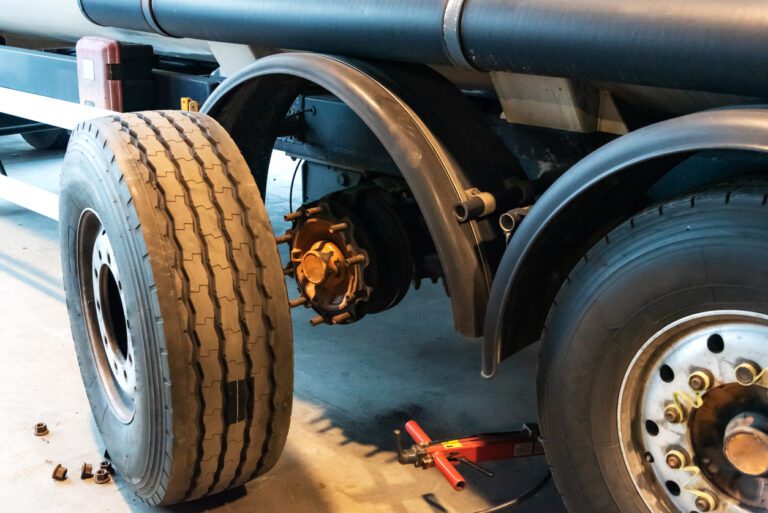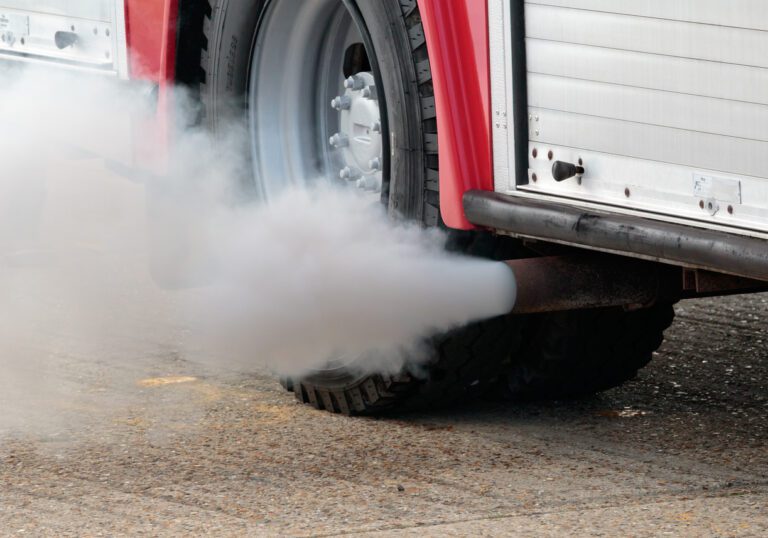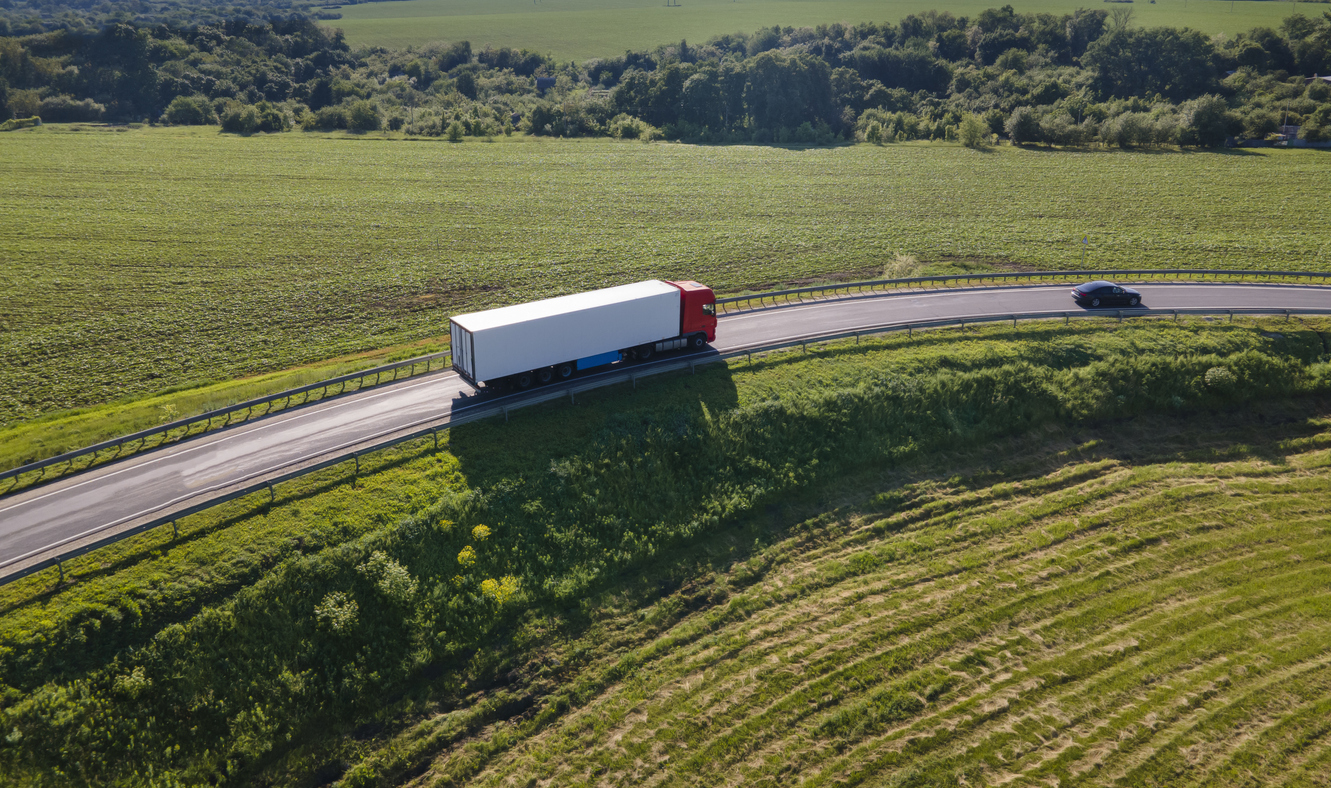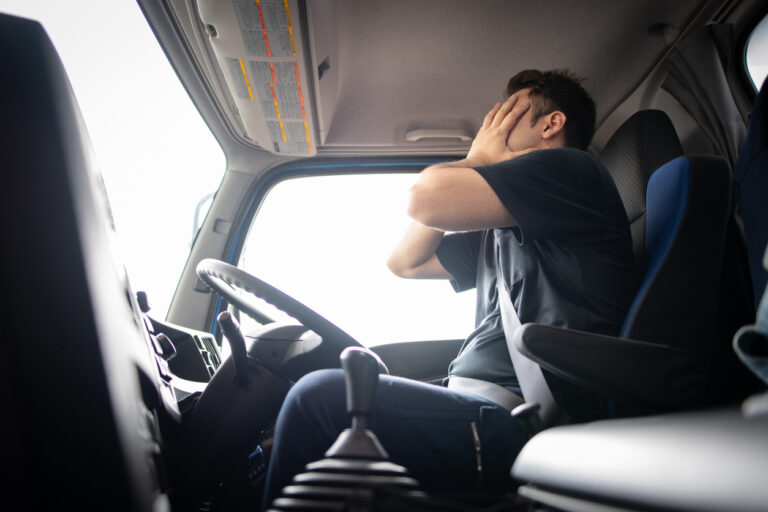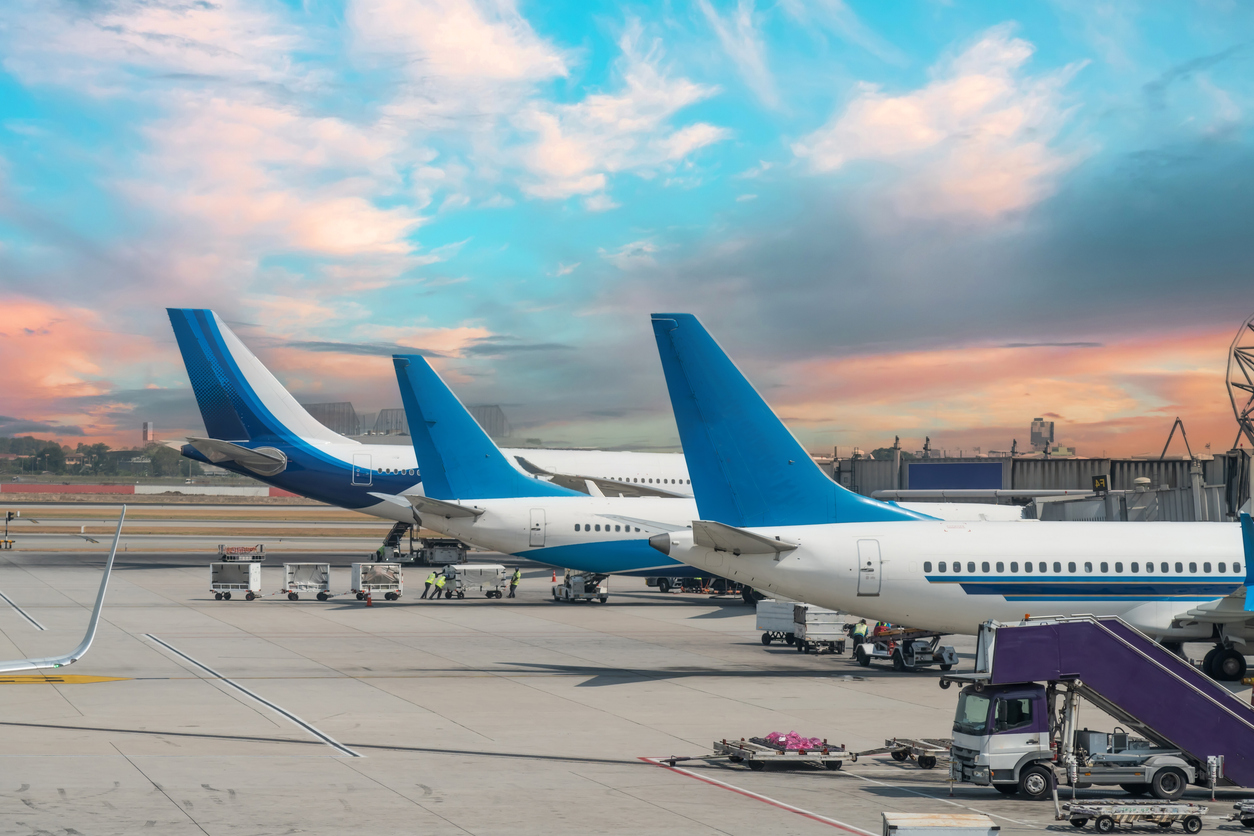Making Dashcam Footage Smarter and More Useful
When a customer downloads a clip from Fleet Witness, it’s never just footage — it’s the full story.
When a driver is wrongly accused or an unsafe incident occurs on the road, having the full context makes all the difference. That context turns a simple video into meaningful, actionable evidence.
By combining our dash cameras with GPS tracking and telematics data, you gain clear insights into driver behaviour. Instead of just seeing a vehicle on the road, you can see where it was, how fast it was moving, and whether the driver was alert or distracted. Events such as speeding, harsh braking, or rapid acceleration become actionable evidence, helping you identify areas for improvement and coach drivers to operate more safely.
That insight is crucial — whether you’re investigating an incident, coaching a driver, or proving your team wasn’t at fault. Without context, it’s just a video file. With Fleet Witness, it’s a powerful investigative and safety tool.

Video Retrieval and Storage
If it’s part of the Fleet Witness ecosystem, we make sure that footage is captured, securely stored, and available when it’s needed most.
Every Fleet Witness dash camera is housed in a tamper proof case, keeping video data secure and tamper resistant. With the choice of up to 512GB of onboard storage, providing up to 8 solid days of continuous recording, fleets can trust that the footage they rely on is accurate, protected, and readily available when they need it.
Why It Matters
At Fleet Witness, we believe technology should have a positive and ethical impact. Our tools have cleared innocent drivers, safeguarded livelihoods, and even saved lives. They also give fleets the visibility to spot risky behaviour, coach drivers proactively, and prevent incidents before they occur.
Curious about the rules for using commercial dashcams in the UK?
Check out our guide on What Are the Rules for Using Commercial Dashcams in the UK
to ensure your fleet stays compliant while maximizing safety.
See our full range of dashcam solutions and discover how Fleet Witness can transform your fleet:
Fleet Dash Cameras
Want To Learn More?
If you aspire to enhance your fleet operations, just like Verran Freight, take the first step today. Give us a call or drop us an email, and together we can explore how our solutions can transform your business. Don’t miss out on the opportunity to optimise your fleet’s performance and maximise your success.
Contact us now and unlock a new era of efficiency and profitability for your company.






